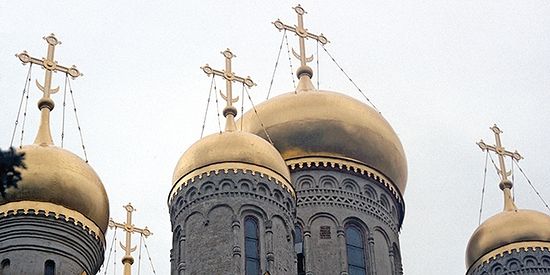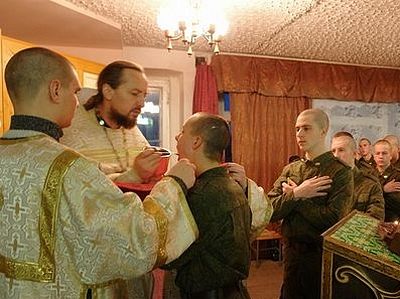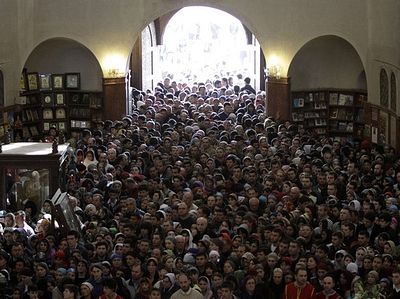Moscow, May 11, 2017
The majority of residents of Central and Eastern Europe are Orthodox Christians, their numbers increasing while those of Catholics have been decreasing, according to new findings of the Pew Research Center. Overall, about 57% consider themselves Orthodox, including residents of ten countries with an Orthodox majority, including Russia, Ukraine, Greece, Belarus, Bulgaria, Serbia, Georgia, and Moldova.
The survey was conducted in 18 countries between June 2015 and July 2016, involving more than 25,000 people.
The Orthodox also constitute a significant minority in Bosnia (35%), Latvia (31%), and Estonia (25%). The Catholic population makes up 18% in Central and Eastern Europe, constituting the majority in Poland, Croatia, Lithuania, and Hungary.
The largest countries in the region have seen a sharp increase in the share of Orthodox and sharp decrease in the share of Catholics. Since the collapse of the USSR, the number of Russians identifying as Orthodox has risen from 37% in 1991 to 71% today. Meanwhile, in Poland the percentage of Catholics has fallen from 96% to 87%, in Hungary from 63% to 56%, and in the Czech Republic from 44% to 21%. Additionally, the percentage of Orthodox has risen from 59% to 75% in Bulgaria, and from 39% to 78% in Ukraine.
However, Catholics in Central and Eastern Europe are more likely to attend church than the Orthodox. The Catholic median is 25%, while the Orthodox median sits at a low 10%. Moreover, only 17% of respondents from Russia and 27% from Serbia said that daily prayer was the norm for them. The largest percentage of those praying at least once a day comes from Moldova (48%).
14% of the population is atheist or unaffiliated, including 72% in the Czech Republic and 45% in Estonia.
As compared with Catholics, the Orthodox population hold more conservative views on several social issues. In Russia, 85% of respondents consider homosexuality “morally unacceptable,” and 79% believe that society should not accept it.







